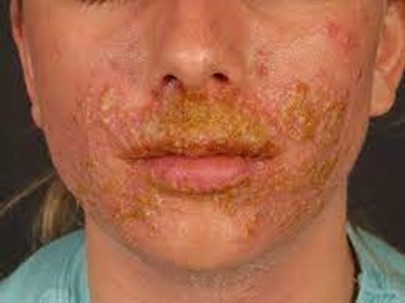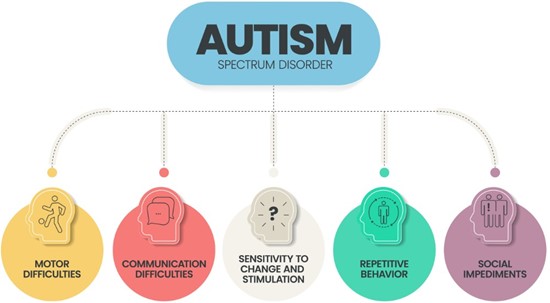A nurse is caring for an infant in a provider's office.
Medical History Provider Visit #1. Heart rate 144/min.
Axillary temperature 39.7° C (103.5°F). Respiratory rate 32/min.
Oxygen saturation 95% on room air. Provider Visit #2 (4 days later).
Axillary temperature 37.4° C (99.3° F). Heart rate 132/min.
Respiratory rate 28/min.
Oxygen saturation 97% on room air.
Which of the following actions should the nurse plan to take? Select the actions the nurse should plan to take.
Teach caregivers to change diapers when wet.
Have caregivers administer 16 oz of water after each diarrhea stool.
Cleanse the diaper area with soap and water.
Collect nasal drainage for culture and sensitivity.
Teach caregivers to apply talcum powder to creases.
Use a nasal aspirator after feedings.
Correct Answer : A,G
A. Teach caregivers to change diapers when wet.
✅ Correct. Prevents skin breakdown and diaper dermatitis.
B. Have caregivers administer 16 oz of water after each diarrhea stool.
❌ Incorrect. Infants should not get plain water in such amounts. Risk of water intoxication & electrolyte imbalance. Oral rehydration solutions (ORS) or breast milk/formula are recommended instead.
C. Cleanse the diaper area with soap and water.
❌ Incorrect. Harsh soaps can irritate the skin. Best practice: gentle cleansing with warm water or mild wipes, and barrier ointment if needed.
D. Collect nasal drainage for culture and sensitivity.
❌ Incorrect. Only done if ordered and if infection is suspected. At follow-up (Visit #2), infant is afebrile and stable—no need for culture.
F. Teach caregivers to apply talcum powder to creases.
❌ Incorrect. Talcum powder is contraindicated in infants (risk of aspiration & respiratory issues). Barrier creams preferred.
G. Use a nasal aspirator after feedings.
✅ Correct. Safe and effective to clear nasal secretions and prevent aspiration or feeding difficulties.
Nursing Test Bank
Naxlex Comprehensive Predictor Exams
Related Questions
Correct Answer is B
Explanation
This is an important measure to prevent the spreading of impetigo to others and to other parts of the body, as the bacteria can survive on clothing and other objects12.
Choice A.
Keeping the child on droplet precautions at home is incorrect, as impetigo is not spread by respiratory droplets, but by direct contact with the sores or contaminated items.
Choice C.
Immunizing household contacts for the disease is incorrect, as there is no vaccine for impetigo, which is caused by different types of bacteria.
Choice D.
Giving the child a chlorine bath twice daily is incorrect, as chlorine can irritate the skin and worsen impetigo.
The recommended treatment is to wash the sores with soap and water and
apply antibiotic ointment or cream23.
Therefore, choice B is the best answer to this question.

Correct Answer is B
Explanation
Behavioral approaches have the most evidence for treating symptoms of Autism
Spectrum Disorder (ASD)1.
Applied Behavior Analysis (ABA) is a notable behavioral treatment for people with ASD that encourages desired behaviors and discourages undesired behaviors to improve a variety of skills.
A reward system for positive behavior is an example of an ABA technique.
Choice A is not correct because allowing for imaginative play with peers without supervision is not a recommended intervention for a child with ASD.
Choice C is not correct because providing a flexible schedule that adjusts to the child’s interests is not a recommended intervention for a child with ASD.
Choice D is not correct because allowing for adjustment of rules to correlate with the child’s behavior is not a recommended intervention for a child with ASD.

Whether you are a student looking to ace your exams or a practicing nurse seeking to enhance your expertise , our nursing education contents will empower you with the confidence and competence to make a difference in the lives of patients and become a respected leader in the healthcare field.
Visit Naxlex, invest in your future and unlock endless possibilities with our unparalleled nursing education contents today
Report Wrong Answer on the Current Question
Do you disagree with the answer? If yes, what is your expected answer? Explain.
Kindly be descriptive with the issue you are facing.
